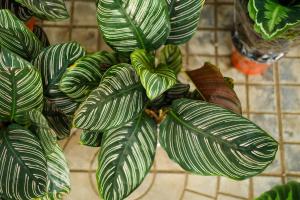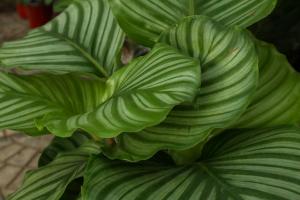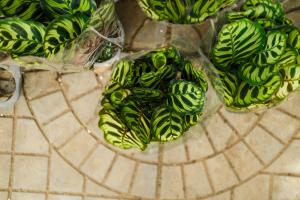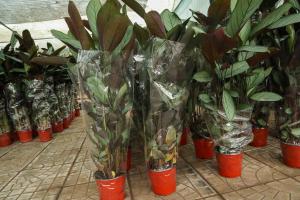1、 Curing method
1. Temperature: Flying feather bamboo taro has high requirements for temperature, because it is neither resistant to high temperature nor afraid of cold. Therefore, it is better if it can be between 15 and 28 degrees. In summer, ventilation and other methods shall be adopted to cool down. In winter, it needs to be moved indoors
2. Light: Flying feather bamboo taro likes half shade. If there is too strong sunshine around, it will burn its leaves. However, you can't put it in a too dark place, otherwise its leaves will become thinner and its color will appear dull. Therefore, different degrees of shading are required from spring to autumn. In winter, generally do not need shade, put it in a place with sufficient sunshine

3. Watering: it likes to be wet. During its growth period, that is, from spring to autumn, it should keep the substrate moist. In summer, you need to spray some extra water. In winter, you have to control the water
4. Fertilization: only fertilize in spring and autumn. Generally speaking, once a month can meet the requirements, and liquid fertilizer with low concentration can be used. Neither winter nor summer
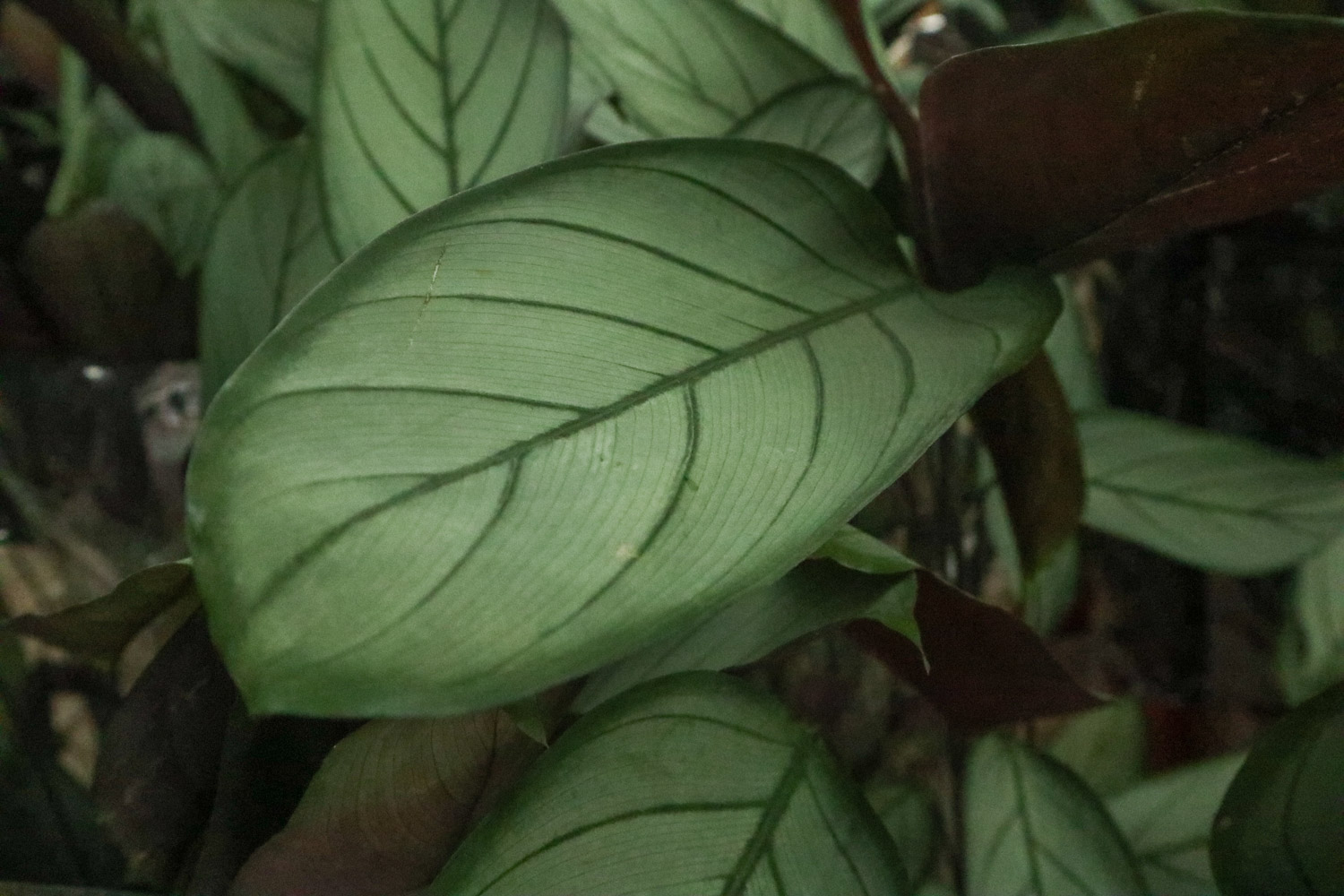
2、 Breeding skills
1. Reproduction: the commonly used method is ramet method. It can be carried out in spring and autumn. Choose a large, healthy plant. Then, take it out of the basin, sort out the roots, remove the excess soil, and then dispose of it into two or three parts. After the wound is dried, it can be planted separately. After planting, put it in a cool place and wait for it to adapt to the environment and grow new roots
2. Change basin: try to change it once a year, especially when the growth rate is relatively fast. If the volume is relatively large, it is necessary to replace a relatively large one together with the flowerpot. The matrix can be rotten leaf soil or sandy soil

3、 Diagnosis and treatment problems
1. Diseases: diseases occur more in summer and autumn. The two main diseases are "leaf spot" and "rust". Carbendazim, Bordeaux, etc. can be used for prevention and treatment. It needs to be sprayed in time, usually once a week
2. Insect pests: mainly "scale insects", "whiteflies", etc. After emergence, it is also necessary to spray drugs in time, such as azinphos and other drugs

4、 Other issues
1. Toxicity: it is non-toxic and can absorb some harmful substances in the air
2. Whether it is more suitable to raise at home. It is a good foliage variety and has the ability of purification

 jackfruit
jackfruit snake plant
snake plant hibiscus
hibiscus hydrangea
hydrangea lavender
lavender Green roses climb al...
Green roses climb al... If you don't pay att...
If you don't pay att... Management of four g...
Management of four g...

